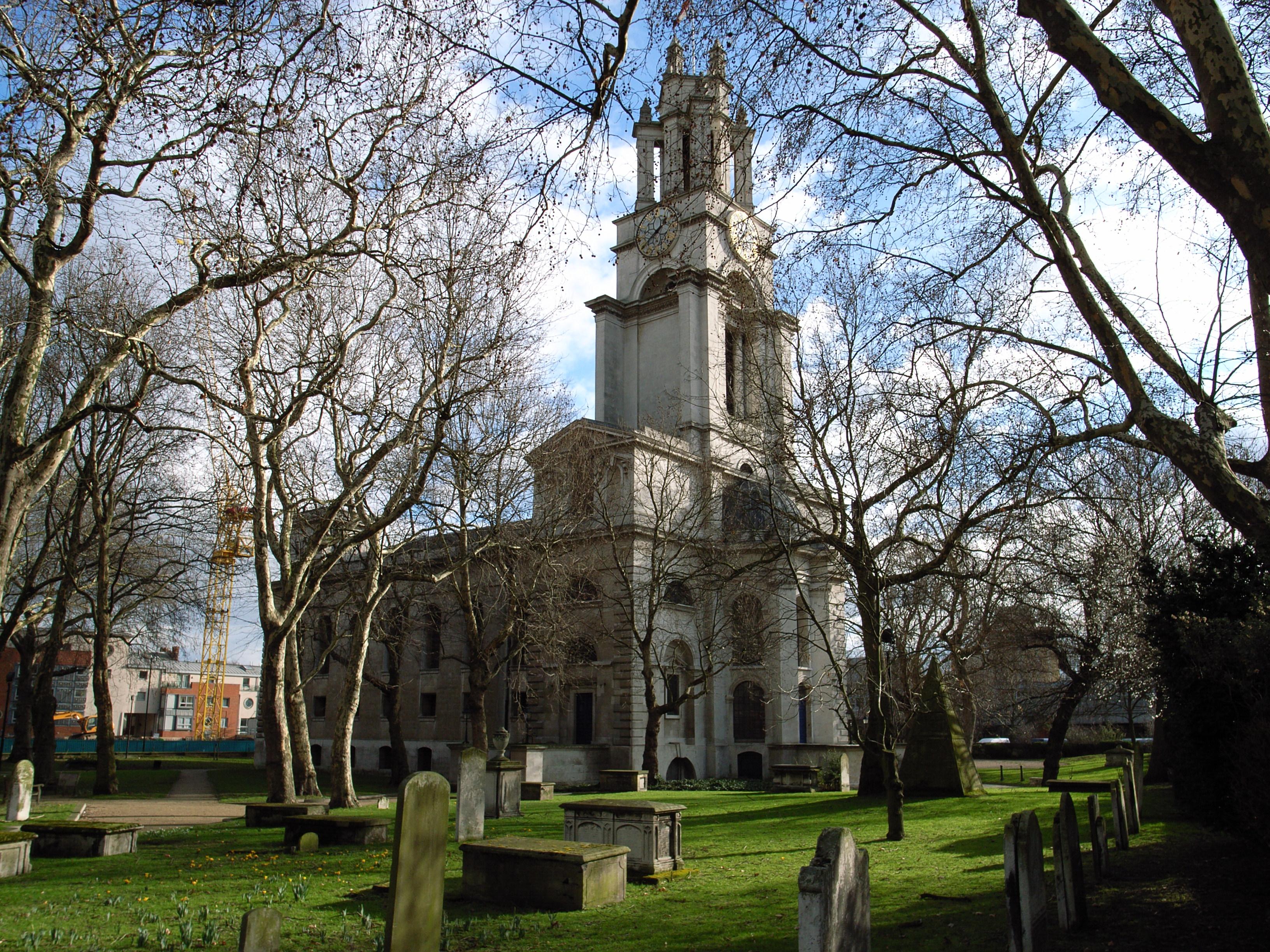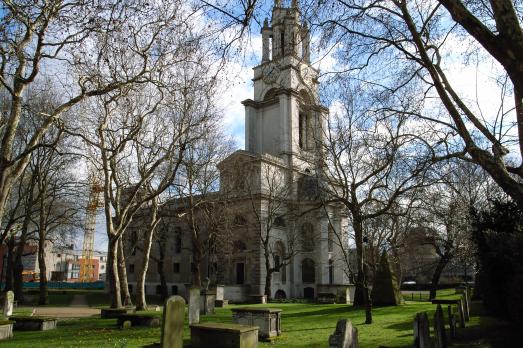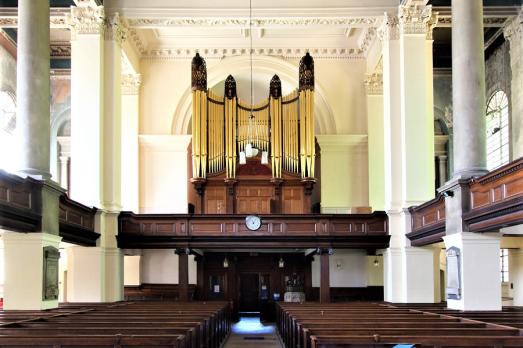It was built between 1714-1727, and was consecrated in 1730. The church is named after Queen Anne, who initiated the scheme and raised money for it by imposing a tax on coal coming up the River Thames. The church was designed by Nicholas Hawksmoor, who was Sir Christopher Wren’s assistant.
The building was gutted by fire on Good Friday 1850 but was restored between 1851 and 1854 largely as it was previously. The northeast vestry and the south porch and staircase are the only original parts of the interior.
Restoration and future maintenance of the building is overseen by the charity ‘Care for St Anne’s’. St Anne's underwent extensive restoration during 1999–2009, which included complete restoration of the churchyard, the organ, and the front end of the church.
The church has a long standing connection to the Royal Navy. Its clock is the highest church clock in London, and was designed as a special maritime clock for shipping on the Thames: it chimed every 15 minutes to guide the 6000 ships that moored in the docks every day. These days, it chimes every hour. Above the clock, there is a golden ball, which until recently was a Trinity House sea mark for navigating the Thames. The battle ensign of the recently decommissioned HMS Ark Royal is on display inside the church.
The pipe organ was designed and built by Messrs John Gray and Frederick Davison and won the Council Medal (first prize) in the Great Exhibition of 1851 at Crystal Palace. It was fully restored in 2009.
The east window is made of enamelled glass rather than stained glass, giving it a glowing effect. It is now in poor condition due to the combined effect of WWII damage, gravity and London pollution.
A distinctive pyramid, originally planned to be put on one of the corners at the east end of the building, now stands in the churchyard.
Three hundred years after building began, St Anne’s is still home to a thriving community. A former Rector of St Anne’s, Revd Christopher Idle has written a hymn about the building, his words capture very well our prayer for its future:
If these stones could tell the story
of our joys and tears
they would sing ‘To God be glory!’
till the Lord appears:
walls and pillars, bell and tower,
tell your power through the years.



